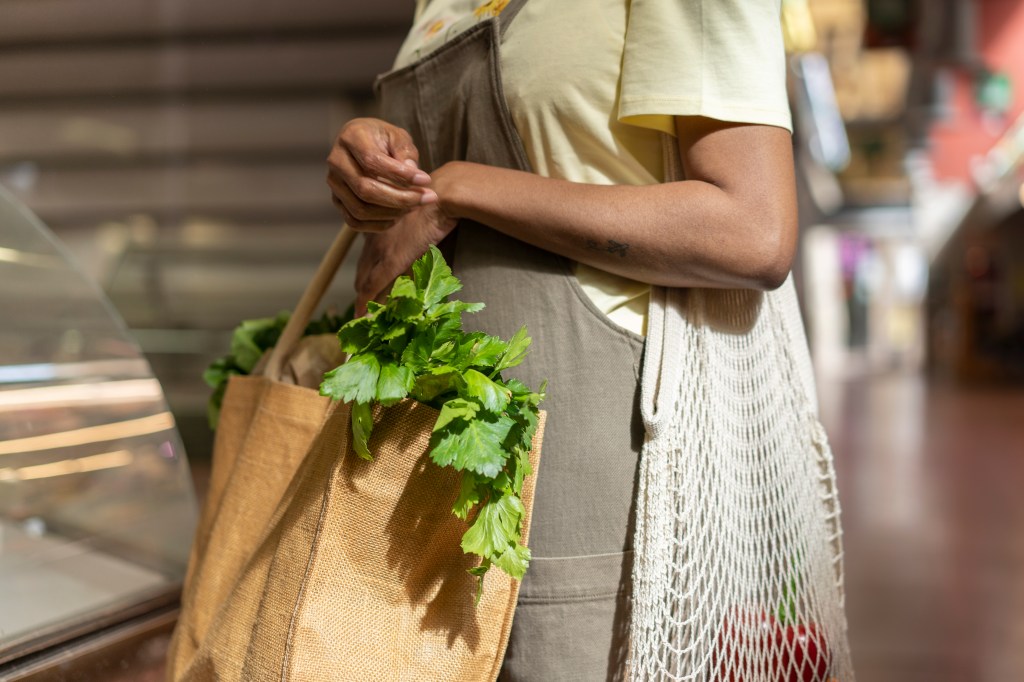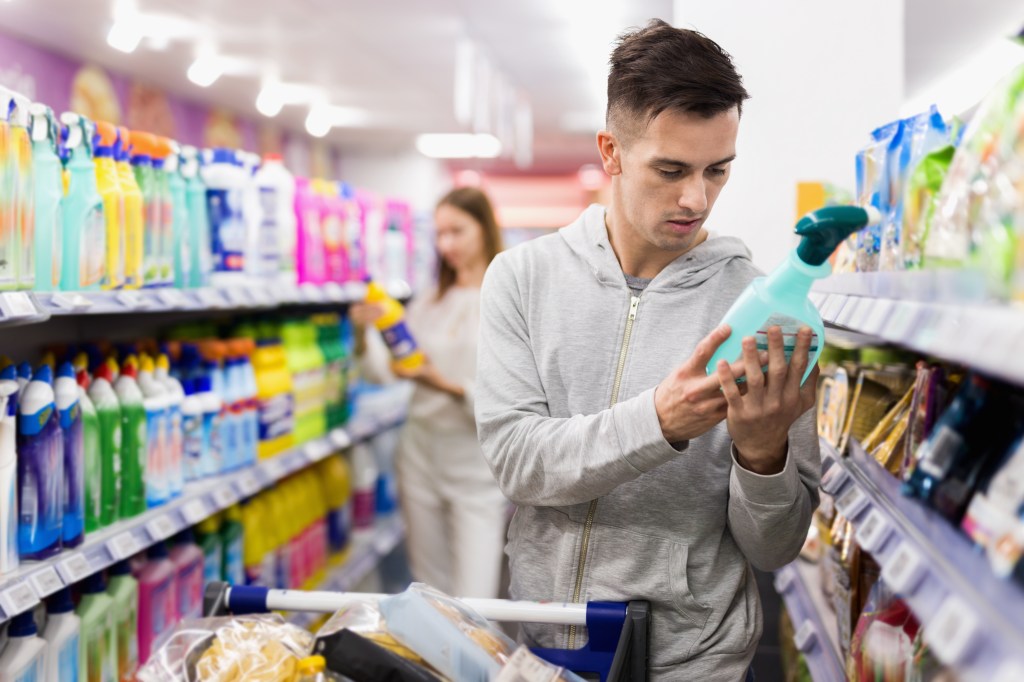Returning to Expo West
After a two-year hiatus, the natural products show was back in full force and stronger than ever. During the two-year hibernation, brands have been innovating new products to reflect the reality of today’s way of life.
From diet to lifestyle
2018 was the last time I attended Expo West, and a lot has changed since. When I went to Expo West a few years ago, brands like Beyond Meat and Impossible Burger had just started catching consumer’s attention.
Fast forward four years, and there were endless amounts of plant-based meat substitute companies. Plant-based is no longer a narrow niche: it is now ubiquitous throughout the store, and keto is top of mind for many consumers. At NielsenIQ, we track over 79 plant-based attributes to understand which ingredients or claims products are making in the space—walking the floor at Expo West corroborates our findings.
I am excited to share a few trends I noticed from the show, and the brands that are making these changes. For example, plant-based meat alternatives have expanded far beyond burgers to include fish, eggs, chicken, deli meat, and many other options. These meatless options come in prepared meals, frozen, and even snacks.
Plant-based meats are making their way into the snacking category through jerky. Mushrooms contain the same fibrous textures and umami flavors that beef jerky consumers have accustomed to, and plant-based brands are now competing with traditional jerky brands. Long used in food and beverage products, mushrooms are gaining popularity (sales +17% versus 2 years ago). According to NielsenIQ Retail Measurement Services, the 4-year sales compound annual growth rate increased by 10.2% in vitamins and supplements alone.
The rise of plant-based was not limited to meat alternatives. It was also prevalent in the energy drink, coffee, cheese, and other dairy categories. My biggest takeaway was that brands no longer have individual products for specific diets; now, the entire brand is built around a lifestyle.
Not all superfoods wear capes
If I had to pinpoint one industry that listens to its audience and current events, that would be the natural products community. After COVID-19, many consumers are now focusing more on what they are putting into their bodies and how it can help them be healthier. One claim I noticed on packaging was “superfood.” This claim was being incorporated into snack mixes, sodas, and energy drinks.
Superfoods (+13% vs 2YA) carry a lot of weight with them, especially allowing brands to make additional claims around brain health, immunity, and mood, which NielsenIQ calls functional attributes. Many of these claims have seen an upward trajectory in sales:
- Brain health stated: +20% vs 2YA
- Immune system health stated: +65% vs 2YA
- Depression support stated: +59% vs 2YA
- Mood and Stress stated: -4% vs 2YA
One way to improve transparency and stand out from competitors is by stating functional health claims on packaging, like plant-based beverage brand URBL. Their line of superfood decoction shots guarantees a strong immune system and mind while on-the-go. This product tasted amazing, and the packaging was my all-time favorite.
Keto: A gateway to sugar alternative enlightenment
Another trend was a major focus on sweeteners. The type of sweetener a product uses determines what claims a brand can put on its packaging. A major influencer in this trend has been the Keto Diet. One of the qualifications in being Keto Certified is containing no artificial sweeteners in your food or beverage products.
An executive from a newly certified Keto on-the-go snack mix had asked me what I have been seeing going on with sweeteners in food and beverage. They were about to switch from using Erythritol to Monk Fruit Extract in their snack packs, with the reasoning being that Monk Fruit Extract is a more natural option, and surprisingly will not raise the price of the product. I wouldn’t be surprised if Monk Fruit Extract is a larger trend at next years show, as NielsenIQ Label Insight’s registered dietitian Hannah Polk has stated previously.
To sweeten or not to sweeten
When I spoke to one company director that recently reduced the amount of sugar in her product, my first question for them was “Why reduced sugar, and not zero sugar?” They had tried many different sugar free sweeteners and every one of them altered the taste of the sauce. While they were aware of how much more powerful “sugar free” is vs. “reduced sugar,” taste is the priority.
Using Nielsen IQ Label Insight’s Trending Attribute’s tool, we are seeing that consumers are searching more for “sugar free” in the sauces/condiments category than “reduced sugar.” In fact,” sugar free” is the 25th most searched attribute in the sauce category and is continuing to grow at 5% over the past year.
Before going to the show, we had a lot of conversations with clients around how brands are displaying sweetener claims on-pack, and what ingredients they are using to make these claims. Here are a few findings:
- Sugar conscious (low sugar) stated: +17% vs 2YA
- Sugar conscious (low sugar) qualified: +17% vs 2YA
- FDA Reduced sugar stated: +12% vs 2YA
- FDA Sugar Free stated: +28% vs 2YA
Our ability to track over 60 different sweetener attributes allows these brands to better understand what is growing in the category, and how they can adjust their formulations to meet consumer preferences.
Line caught transparency
My favorite product that I tried during the show was Pescavore’s Ahi Tuna Jerky Strip. I couldn’t stop visiting their booth and sampling all their amazing flavors. The Island Teriyaki flavor was the winner for me! The part of this product that I found most interesting was the QR code you can scan on the back; it will bring you to a website showing the fisherman responsible for catching the tuna that is in your package. This is in line with the claims for transparency that consumers are demanding.
There’s room on the shelf for you
Products are selling in today’s market because of the claims they are making, not because of the brand selling it. From superfoods to plant-based to sweeteners and beyond, Label Insight has over 1,800 attributes to help brands better understand what their products qualify for. We can run these attributes through NielsenIQ sales data to give them a better idea on how well these claims are selling in-store and online. Our technology can scan through your ingredient statements and nutrition fact panels to claim your unstated packaging claims.
Overall, Expo West 2022 was a tremendous success. Brands are continuing to listen to their consumers and innovate their product portfolios. I’m excited to see what next year’s show will bring, and all the new trends we will begin to see at our local grocers.
Sources
NielsenIQ Retail Measurement Services, NielsenIQ Product Insight, powered by Label Insight, Total Store; Total US xAOC; Latest 52 weeks W/E 03/26/22 vs 2YA




